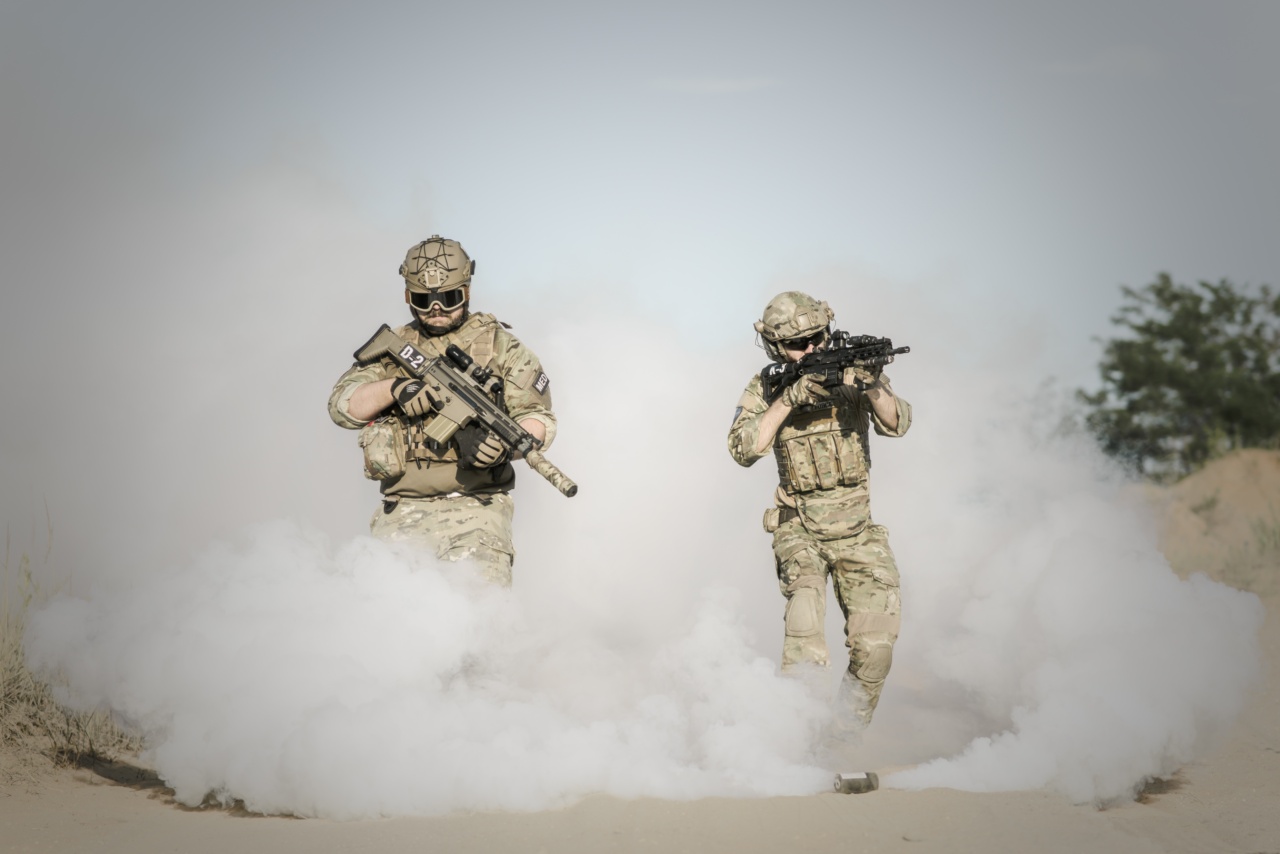Heart attacks, also known as myocardial infarctions, can be life-threatening and require immediate medical attention. Recognizing the signs and symptoms of a heart attack is crucial for timely intervention.
However, identifying the danger of a heart attack can sometimes be challenging, especially if the symptoms are subtle or confusing. In this article, we will discuss a simple method that can help you identify the danger of a heart attack and take appropriate action.
Understanding Heart Attacks
Before we delve into the method, let’s briefly understand what happens during a heart attack. A heart attack occurs when the blood flow to a part of the heart muscle is blocked.
This blockage is typically caused by a clot that forms in one of the coronary arteries, the blood vessels responsible for supplying oxygen-rich blood to the heart. When the heart muscle doesn’t receive enough oxygen due to the blocked blood flow, it can lead to permanent damage or even death of the affected muscle.
Classic Symptoms of a Heart Attack
The classic symptoms of a heart attack include:.
- Chest pain or discomfort
- Shortness of breath
- Pain radiating to the left arm, jaw, or back
- Sweating
- Nausea or vomiting
These symptoms are more commonly experienced by men. However, it is important to note that women may experience atypical symptoms not typically associated with heart attacks, such as fatigue, indigestion, or sleep disturbances.
These atypical symptoms can sometimes lead to delayed recognition and treatment of a heart attack in women.
The Simple Method: ACT
The acronym ACT stands for:.
- Ask: Ask the person if they are experiencing any symptoms that may indicate a heart attack. Be sure to ask about both classic symptoms and any unusual symptoms they may be having. Promptly call emergency medical services if necessary.
- Check: Check the person’s vital signs, including their pulse, breathing rate, and blood pressure. If they are conscious, have them sit down and stay calm. Loosen any tight clothing that may restrict their breathing.
- Treat: If the person is in severe distress, has become unconscious, or their condition is deteriorating rapidly, it is essential to start cardiopulmonary resuscitation (CPR) immediately if you are trained to do so. If you are not trained in CPR, continue to support the person and wait for medical professionals to arrive.
Additional Actions to Take
In addition to the ACT method, here are some additional actions you should consider:.
- Call for Emergency Medical Services: Even if the person’s symptoms seem mild or go away after a short while, it is crucial to call for emergency medical services. Time is of the essence during a heart attack, and prompt medical attention can save lives.
- Chew Aspirin: If the person is conscious and able to swallow, giving them a regular strength (325 mg) aspirin tablet to chew can help reduce the damage caused by a heart attack. Aspirin helps prevent further clotting and improves blood flow to the heart.
- Stay with the Person: Offer reassurance and stay with the person until medical professionals arrive. Remaining calm and supportive can help reduce anxiety and stress, which is beneficial during a heart attack.
Conclusion
Recognizing the danger of a heart attack and taking appropriate action is crucial for saving lives. By following the simple ACT method, you can quickly assess the situation and provide the necessary support until medical professionals arrive.
Remember, always err on the side of caution and call for emergency medical services. Your quick response and intervention can make all the difference in the outcome for someone experiencing a heart attack.
























